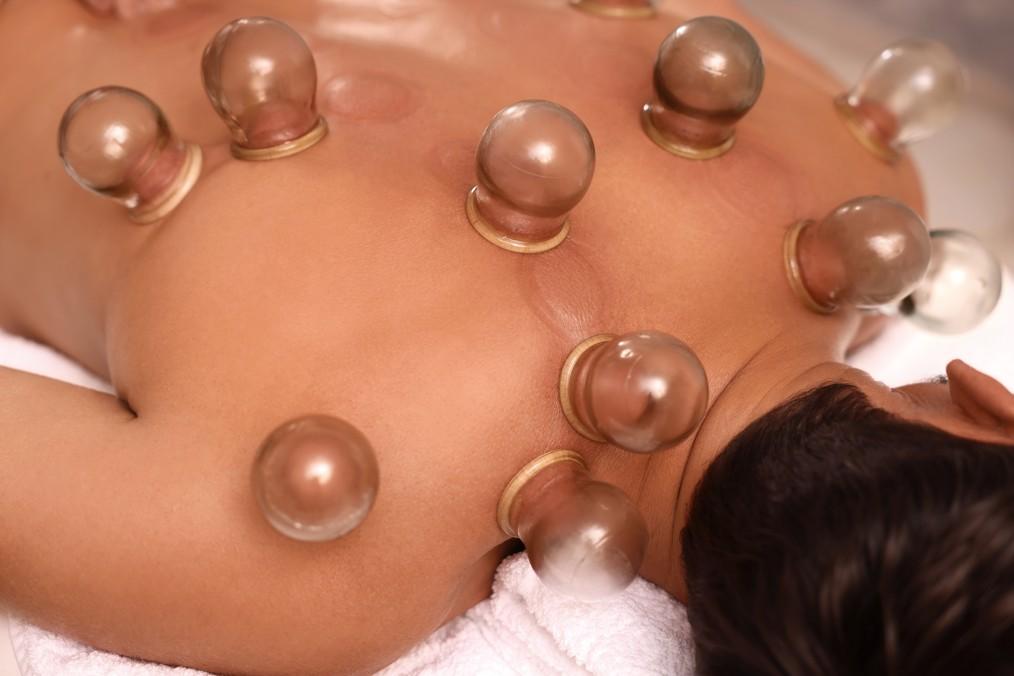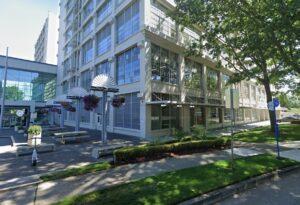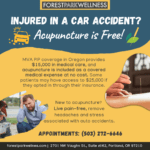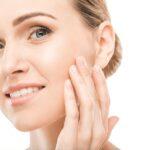Cupping and Acupuncture: Better Together
The Healing Power of Cupping Therapy
Cupping isn’t new. In fact, it’s one of the oldest healing techniques in the world—traced back to ancient Chinese medicine, Egyptian texts, and Middle Eastern traditions. But if you’ve noticed those perfectly round marks on the backs and shoulders of professional athletes or friends fresh from an acupuncture session, you’ve seen its modern revival. For some people, cupping looks a little mysterious. For others, it’s a go-to way of finding relief from pain, stress, or exhaustion. At Forest Park Wellness, I use cupping both as a stand-alone therapy and as a complement to acupuncture—and time and again, I see just how powerful and restorative it can be.
Let’s take a closer look at what cupping is, how it works, and why so many people—from high-performing athletes to folks simply trying to get a better night’s sleep—are turning to this ancient practice.
What Exactly Is Cupping?
At its simplest, cupping involves placing small cups—often glass, silicone, or plastic—on the skin to create gentle suction. This suction lifts the skin and tissue slightly upward, encouraging circulation, loosening tension, and stimulating the body’s natural healing response. Unlike a massage, which compresses the muscles, cupping works in the opposite direction—it draws the tissue upward. This unique approach creates space for blood and lymph to flow, easing congestion and helping the body process stagnation that often contributes to pain and illness.
There are a few different ways to do it:
- Dry cupping – Cups are placed on the skin and left to work their magic.
- Fire cupping – A small flame is used inside the cup to create suction before placing it.
- Wet cupping – A more traditional method that involves releasing a small amount of blood to help detoxify (less common in the U.S., but still practiced in parts of the world).
At my clinic, I primarily use dry and fire cupping, tailoring the session to your comfort and health goals.
Why People Choose Cupping
The most common reason people seek cupping is pain relief—especially for the back, shoulders, and neck. But the benefits don’t stop there. Over centuries of practice, cupping has been used to address:
- Chronic muscle tension and stiffness
- Headaches and migraines
- Fatigue and low energy
- Stress and anxiety
- Respiratory issues like congestion and allergies
- Joint pain and inflammation including arthritis or rheumatism
That may seem like a wide range, but cupping’s effects ripple through multiple systems in the body—musculoskeletal, circulatory, and nervous—which explains why people notice improvements in both physical and emotional well-being.
How It Works in the Body
One of the best ways to understand cupping is to break down its three main effects:
- Muscle Release – Tight, knotted muscles don’t just hurt—they restrict movement and drain your energy. The suction of cupping gently lifts and separates the muscle fibers, almost like giving them a chance to “breathe.” Many patients describe the feeling as a deep release, similar to massage but in reverse.
- Improved Circulation – That signature reddish mark left behind after cupping? It’s not a bruise—it’s the result of blood being drawn to the surface, increasing circulation to the area. More blood flow means more oxygen and nutrients delivered to cells, and quicker removal of metabolic waste that can cause soreness and stiffness.
- Calming the Nervous System – Surprisingly, cupping is deeply relaxing. The skin has thousands of sensory receptors, and when the cups engage them, signals are sent to the brain that help shift the body into “rest-and-digest” mode. For people struggling with anxiety, stress, or insomnia, this nervous system reset can be just as valuable as the physical release.
What to Expect in a Session
If you’ve never tried cupping before, you might be wondering: Does it hurt? The answer is usually no—most people find it comfortable, even soothing. You may feel a gentle pulling or stretching sensation, followed by warmth and relaxation in the area. The telltale circular marks can last anywhere from a few days to a week, depending on your body and the issue being treated. They’re not painful, and many patients wear them like a badge of honor, knowing they represent movement and healing happening beneath the surface.
Every treatment is customized. During your visit, I’ll evaluate what your body needs—whether that’s cupping on its own or in combination with acupuncture or other therapies.
Cupping and Acupuncture: Better Together
On its own, cupping is powerful. But when paired with acupuncture, the effects can be even greater. Acupuncture opens energy pathways and restores balance in the body, while cupping amplifies circulation and physical release. Together, they offer a comprehensive way to reduce pain, speed recovery, and calm the mind. This is why many athletes—both professional and recreational—rely on the combination. It helps them recover faster, avoid injury, and perform at their best. But it’s just as effective for the rest of us dealing with the everyday strains of work, parenting, or simply living in a stressful world.
A Practice That Stands the Test of Time
Cupping isn’t a fad, despite its sudden visibility on athletes and celebrities. It’s a healing method that has been practiced for thousands of years, across cultures and continents, because it works. In modern times, it offers something we desperately need: a natural, drug-free way to address pain, stress, and imbalance.
Is Cupping Right for You?
The best way to know is to try it. Whether you’re dealing with nagging pain, high stress, or just want to support your body’s resilience, cupping can be a safe and effective option. At Forest Park Wellness, I bring years of training and experience in both acupuncture and cupping. Each session is personalized, designed to meet you where you are and help you feel better—body and mind.
Ready to Experience It for Yourself?
If you’re curious about cupping therapy—or if you’re ready to see how it can complement your acupuncture treatments—I’d be happy to talk with you. Schedule a session, and let’s explore how this time-tested practice can help you move, breathe, and live with more ease. Call (503) 272-6646 for more information.








